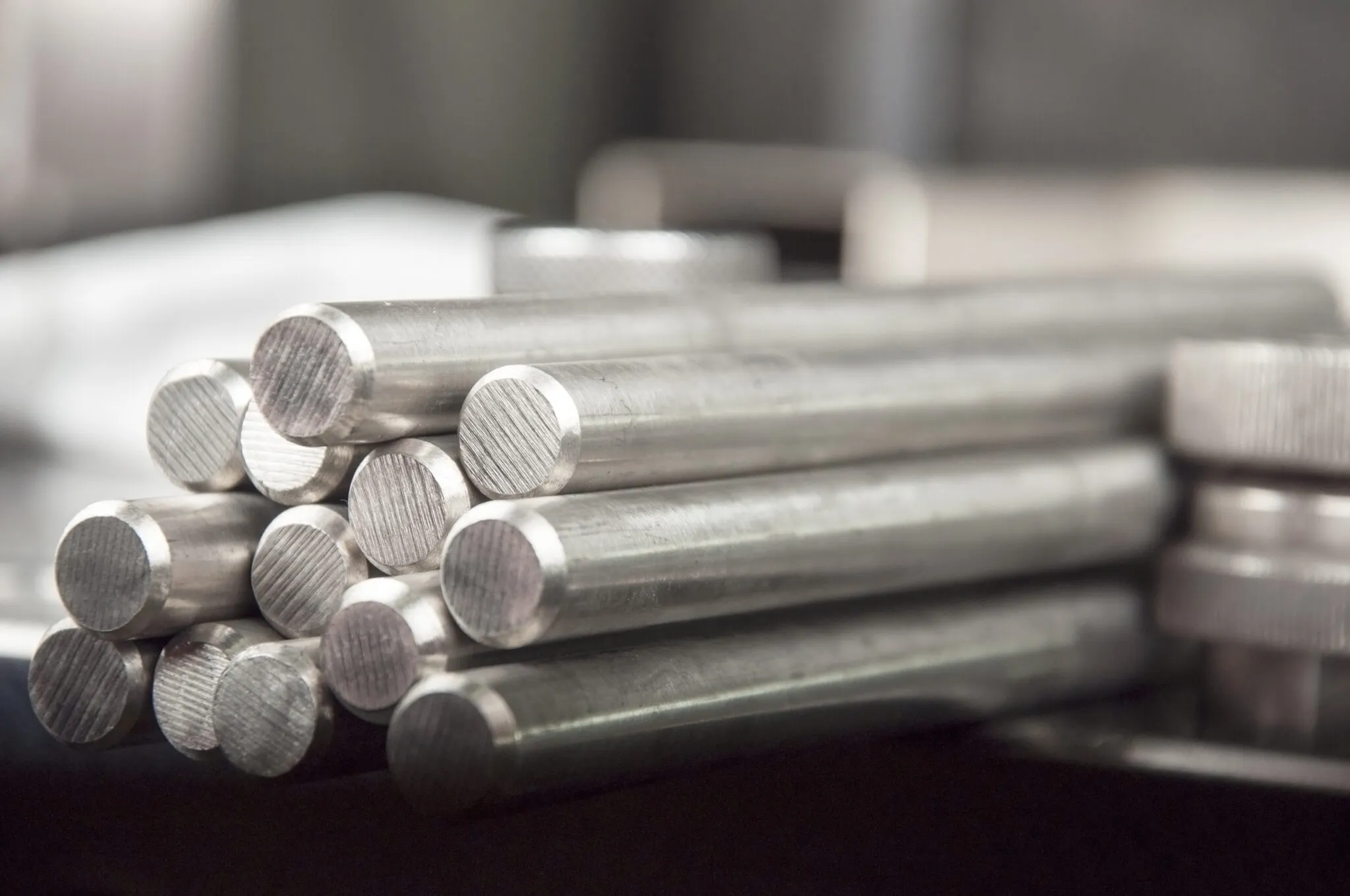XM-19 Stainless is a high strength and good corrosion resistant austenitic stainless steel. It has more than double the yield strength of 304 and 316 stainless steel and has better corrosion resistance than 317L stainless steel, making it widely used in marine engineering, chemical processing, and nuclear industries. This material achieves an excellent balance between strength and corrosion resistance while offering superior low-temperature toughness and resistance to intergranular corrosion. Notably, our XM-19 material demonstrates outstanding performance in cryogenic conditions, achieving an impact value of over 45J at -196°C, fully meeting the demands of harsh operating environments and becoming a trusted choice for our clients.

Machinability
Stainless steel grade Nitronic 50 has machinability characteristics that are similar to other austenitic stainless steels; however it requires slower speeds, more power, and higher rigidity due to its high work hardening rate. It is recommended that coated carbide tooling be used.
Forming
Stainless steel grade Nitronic 50 can be formed using the same methods applied for other austenitic stainless steels. More power for forming and forging is needed for this alloy. Forging can be done at 1177-1204°C (2150-2200°F).
Welding
Welding of stainless steel grade Nitronic 50 can be performed using traditional joining processes. Recommended filler metal should be Nitronic 50W (AWS E/ER209).
Caution should be taken while using autogenous, high power density joining processes such as EB or laser welding, due to low FN potential and severe outgassing possibility.
Heat Treatment
Final annealing process performed for several of the applications, is done at 1065°C (1950°F), which is followed by water quenching. In case this material is used in a strongly corrosive environment, annealing should be done at 1121°C (2050°F). This alloy cannot be hardened by heat treatment.
|
% |
Cr |
Ni |
Mn |
Mo |
Si |
N |
Nb |
Va |
P |
C |
S |
|
Min |
20.5 |
11.5 |
4 |
1.5 |
- |
0.2 |
0.1 |
0.1 |
- |
- |
- |
|
Max |
23.5 |
13.5 |
6 |
3 |
1 |
0.4 |
0.3 |
0.3 |
0.04 |
0.06 |
0.01 |
|
|
Ni |
Cr |
Mo |
Mn |
Si |
C |
N |
S |
P |
Cb |
V |
Fe |
|
MIN |
11.5 |
20.5 |
1.5 |
4.0 |
– |
– |
0.2 |
– |
– |
0.1 |
0.1 |
– |
|
MAX |
13.5 |
23.5 |
3.0 |
6.0 |
1.0 |
0.06 |
0.4 |
0.03 |
0.045 |
0.3 |
0.3 |
Balance |
|
0.2% Proof Stress |
380 N/mm2 |
55 ksi |
|
Tensile Strength |
690 N/mm2 |
100 ksi |
|
Elongation, 5.65√S0 and 4D |
35% |
|
|
Reduction of Area |
55% |
|
|
Hardness (Brinell) |
293 max. |
|
|
Impact Strength (Room Temp) |
54J av |
|
|
Impact Strength (-60oC) |
27J av (20J min) |
|
Notes:
Testing shall be carried out in accordance with ASTM A370 or EN ISO 6892-1 (tensile), EN ISO 6506-1 (hardness)
Minimum properties quoted (tested at room temperature in a longitudinal direction)
Testing performed on each melt of material per heat treatment batch
|
Density (Kg/m3) |
7880 |
|
Magnetic Permeability (20°C) |
<1.05 |
|
Young’s Modulus (kN/mm2) |
197 |
|
Specific Electrical Resistance, 20°C (µΩ-m) |
0.82 |
|
Mean coefficient of thermal expansion, 20-100°C (m/m/°C) |
17.9 x 10-6 |
|
Specific Heat, 20°C (J/kg.K) |
475 |
|
Thermal conductivity, 20°C (W/m.K) |
13.3 |




 Tel: +86 0731 82250427
Tel: +86 0731 82250427 E-mail: sales@evernickel.com
E-mail: sales@evernickel.com phone: +86 17773160488
phone: +86 17773160488 Address: No. 676, Renmin Road, Dainan Town, Xinghua City, Jiangsu Province, China
Address: No. 676, Renmin Road, Dainan Town, Xinghua City, Jiangsu Province, China